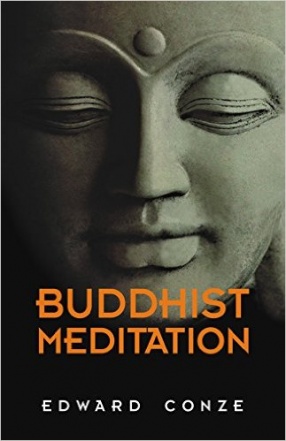
Edward Conze

Showing all 16 books

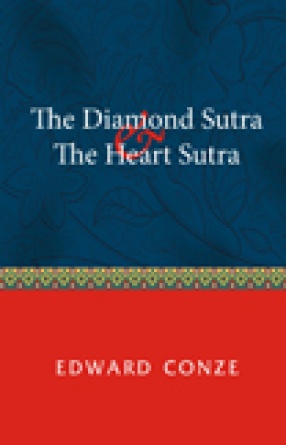
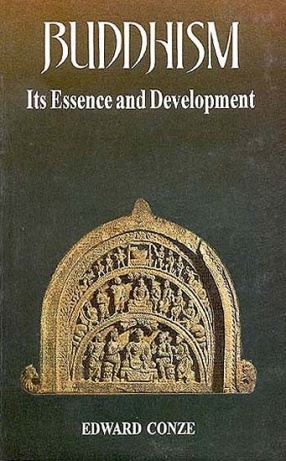


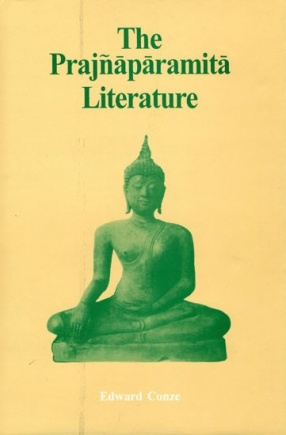

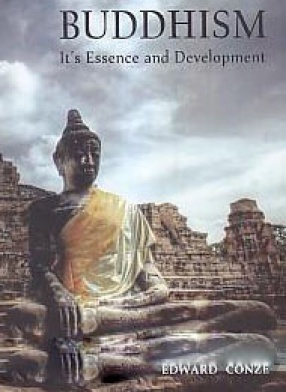
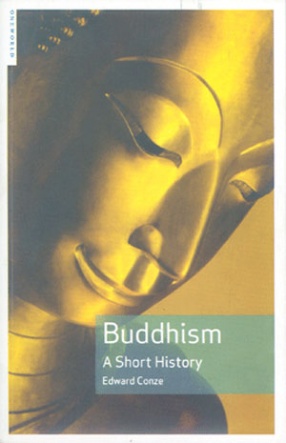
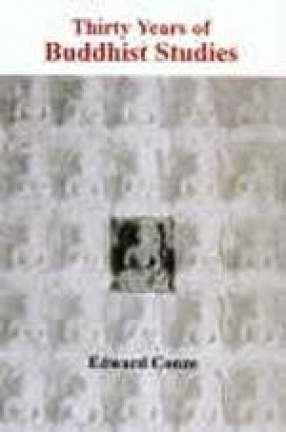
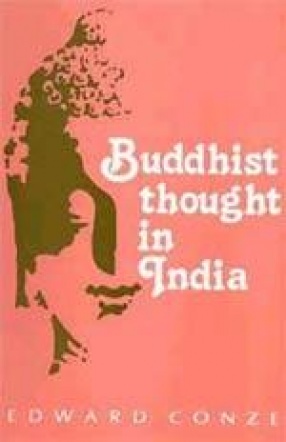



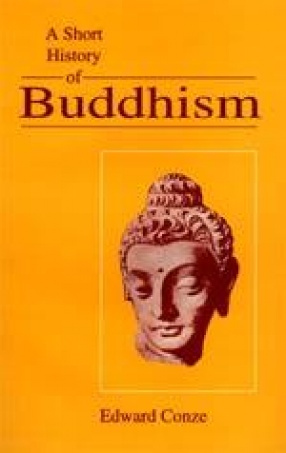

Meditational practices constitute the very core of the Buddhist approach to life. An intensely practical religion, Buddhism is by contrast inclined to treat doctrinal definitions and historical facts with some degree of unconcern. As prayer in Christianity, so meditation is here the very heartbeat of the religion. Enlightenment, or the state of Nirvana, is, of course, the ultimate aim of Buddhist meditations. On the way to Nirvana they serve to promote spiritual ...

The Diamond Sutra and The Heart Sutra are texts belonging to the Prajñpramit category of Mahayana Buddhism, which translates to ‘Perfection of Wisdom’.
The Prajñpramit literature consists of thirty-eight different books, composed in India between 100 B.C. and A.D. 600. The judgement of thirty generations of Buddhists in China, Japan, Tibet and Mongolia has singled out two of these as the holiest of the holy – the Diamond Sutra and ...

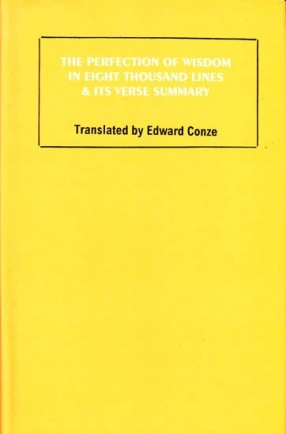
After the Torah, the Koran and the Gospels, the Indian literature of the Perfection of Wisdom has had the greatest impact on the religious consciousness of mankind. Its composition extended for over seven hundred years, and here we offer the reader the first two works which were composed in South India between 100 B.C. and A.D. 100. These documents are not only indispensable to those who wish to understand the mentality of the East, they still carry a potent ...

Meditational practices constitute the very core of Buddhist approach to life, meditation is the heartbeat of the religion. The ultimate aim of Buddhist meditation is Enlightenment, or the state of Nirvana. The Nirvana leads to detachment of soul from the body, making it imperceptible to worldly pains and pleasures, and bringing in sense of selflessness.
The book discusses all the aspects of Buddhist meditation, its by products; methods of Buddhist meditation, its ...

A comprehensive anthology of Buddhist texts was never before attempted. The documents were distributed over so many languages that no one person could aim at knowing them all. Even where English translations of Buddhist texts existed, they were in most cases carried out at a time when the particular idiom of these texts was only imperfectly understood. Only in recent years has it become possible to translate accurately these texts.
Present work was originally ...




Covering all the Buddhist schools from Mahayana to Zen, this comprehensive, concise study is widely acknowledged as the classic introduction to the history of the Buddhist tradition. Authored by one the most distinguished scholars of Buddhism, it provides a compact summary of the tradition’s development, from the life of the Buddha in early north-east India to the twentieth-century exile of the Dalai Lama.With skill, sympathy, and insight, Conze traces ...

Dr. Conze, widely known as a leading Buddhist scholar through his many publications (among them Buddhism: Its Essence and Development, which has become a classic), has published during the thirty years of his working life a great number of important articles which are scattered over many periodicals difficult or almost impossible to obtain. To meet a growing demand for the most important of these articles to be re-published we are presenting this volume which ...

This book sets out to discuss and interpret the main themes of Buddhist thought in India. The emphasis throughout is on those aspects of the doctrine that appear to be indubitably true or significant. An attempt has been made at furthering the understanding, as distinct from the bare knowledge, thus instead of stringing together a lot of quotations, lucid explanations have been used to bring forth the doctrines of Buddhist faith. Thus, in presenting Buddhist ...

The book is a philosophical treatise on the Hindu, Baudha and Jaina morals for further research in Indian ethics. It takes full cognisance of the recent developments in western ethical thought and also takes equal notice of the ethical ideas contained in Hindu, Buddha and Jain traditions.

To a person who is thoroughly disillusioned with the contemporary world, and with himself, Buddhism may offer many points of attraction - in the transcending sublimity of the fairy land of its subtle thoughts, in the splendour of its works of art, in the magnificence of its hold over vast populations, and in the determined heroism and quiet refinement of those who are steeped into it. Although one may originally be attracted by its remoteness, one can appreciate ...

In the Buddhist religion, the Dharma concept of the Buddha is not confined to men, but is taught to all kinds of beings, including ghosts and animals. According to a legend Avalokitesvara, the Bodhisattva of Mercy, had taken among the birds the form of a cuckoo-an animal which recommends itself to the Buddhist mind by its attitude to family life. Probable, no more than three centuries ago, an unknown Lama wrote a charming book describing how the birds of the ...

Edward Conze, one of the most distinguished writers on Buddhism, provides a compact summary of the development of Buddhism from the time of the Buddha to the present day. With skill, sympathy and insight, Conze briefly traces all the key aspects of 2500 years of Buddhist history -Hinayana, Mahayana, Tantra, Zen -and discusses each of the countries where it had and continuous to have a major influence. Conze's classic introduction has come to be recognized as ...
